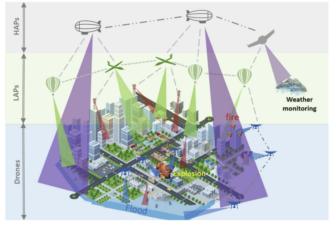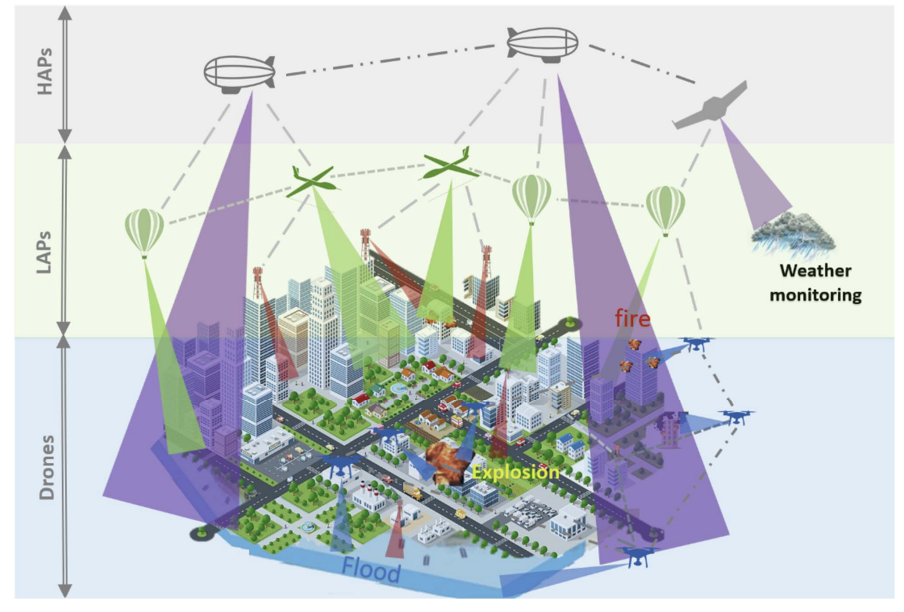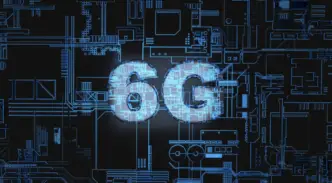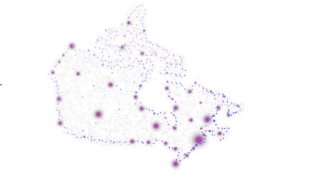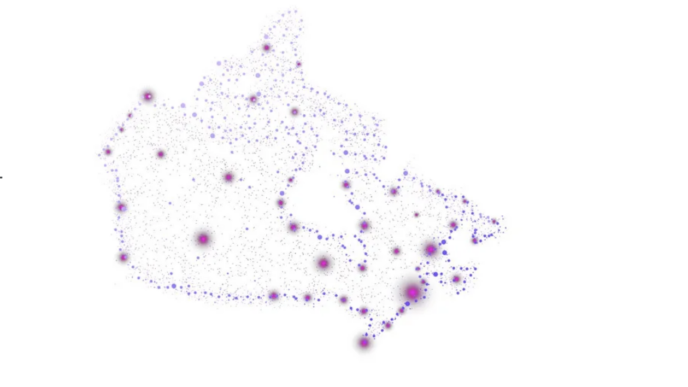ETSI has released its first report dedicated to Integrated Sensing and Communication (ISAC), highlighting how the fusion of sensing and communication will support advanced use cases in 6G systems. Published by the Industry Specification Group on Reconfigurable Intelligent Surfaces (ISG RIS), the report (ETSI GR ISG RIS 006) provides an initial framework of ISAC capabilities across areas such as transportation, industrial automation, and extended reality.
ISAC enables wireless systems to sense their environment while simultaneously providing communication services. This dual functionality is expected to be a core part of 6G, enabling networks to deliver not only data but also environmental awareness and contextual intelligence.
“The ETSI ISG RIS work on ISAC is a critical component to support the foundation for 6G,” says ISG RIS Chair Arman Shojaeifard. “It provides an initial and focused look at use cases for ISAC, which can be considered for standardisation by any interested stakeholders.”
The report explores two operational modes:
- Communication-assisted sensing, using existing wireless infrastructure to detect and analyze the surrounding environment.
- Sensing-assisted communication, where sensed data enhances network performance, reliability, or efficiency.
Another key focus is the potential of Reconfigurable Intelligent Surfaces (RIS) to enhance ISAC functionality by dynamically shaping radio waves. ETSI notes that RIS could support “energy-efficient and adaptive sensing operations” in a range of scenarios.
“The report outlines potential use cases and capabilities supported by ISAC,” ETSI notes. “It also considers the potential benefits of deploying Reconfigurable Intelligent Surfaces (RIS) in scenarios utilising ISAC.”
ISAC is increasingly viewed as a cornerstone of 6G’s value proposition, with applications that extend beyond traditional connectivity into real-time situational awareness, precision positioning, and immersive user experiences. The ETSI report helps establish a common reference point for industry, research, and standards bodies as development accelerates.
For readers new to RIS, a concise overview is available via 6G Academy’s explainer.
